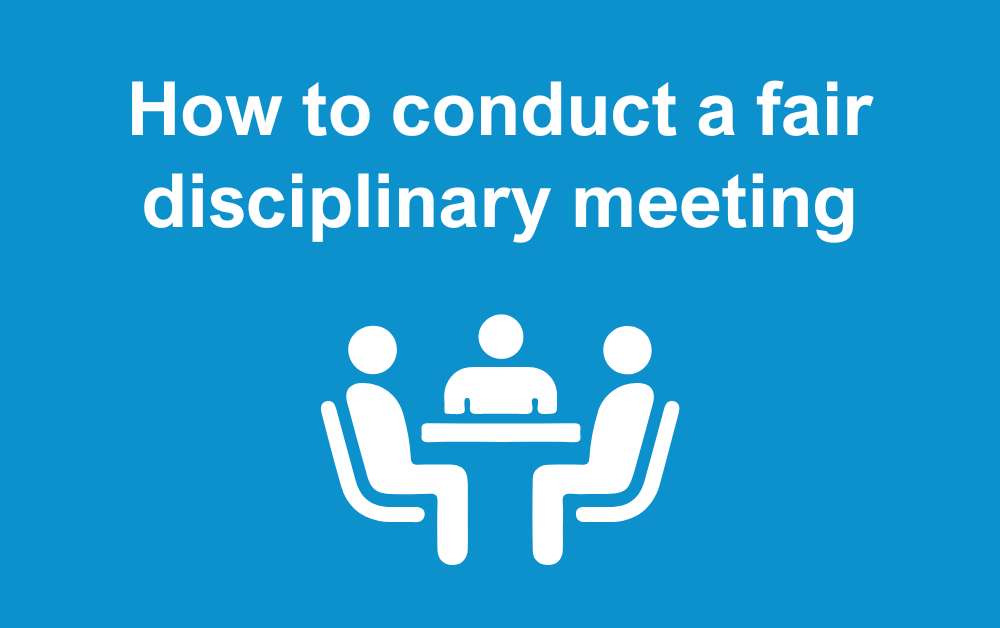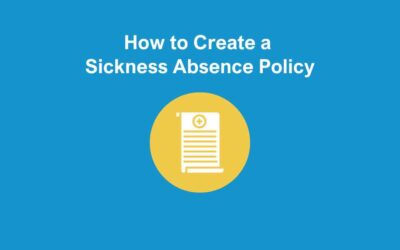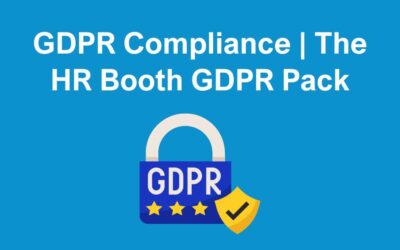As your business and team grow it’s likely that from time to time you may experience some unforeseen challenges with your employees that you will have to deal with.
We recognise that it’s important to the smooth running of your business to be able to nip these things in the bud, so that you can avoid things escalating or becoming more problematic. The obvious key to minimising such problems is to have good HR processes in place.
It may be that you’ve been drawn to reading this article because things have already escalated to the point where you need to consider conducting a formal disciplinary meeting.
Or perhaps this is something new to you and you want to make sure that you’re taking the right steps and acting fairly, so as to protect yourself, your business and your employees – you’re right to think that way.
Here at the HR Booth we work with dozens of businesses throughout the UK, and it’s our job to make sure that you have the right policies and procedures in place, and to make sure that they are carried out correctly and fairly, so that whatever you do next, it doesn’t end up costing you valuable time or money, or causing you or your business any more pain.
Below we set out some key steps you should take which will help to ensure you conduct a fair disciplinary hearing and may help you to avoid an employment tribunal in the future.
One of the tools you have at your disposal as an employer is your disciplinary procedure. This is a valuable resource to help you deal with problems in your workforce. But if the disciplinary process is not carried out correctly it could damage your business and escalate to an Employment Tribunal.
In this article, we set out some key steps you should take to help you conduct a fair disciplinary hearing and to avoid the potential escalation to an Employment Tribunal.
Investigate, investigate, investigate
It is fundamental that before you even contemplate disciplining your employee you investigate the issue.
By investigation, we mean that you need to establish the facts. Such facts might include identifying What is the bad thing that has happened? When did it happen? Why did it happen? Who did the bad/wrong thing? Did anyone else see what happened?
Any investigation meetings and any investigation findings should be written or typed up. These will become important reference documents should a formal disciplinary meeting become necessary.
Your investigation should avoid opinions. This may be someone else’s opinion about what happened or what they, or you, think the employee did. An investigation is not the place for this.
The length and depth of your investigation should be appropriate to the issue in question. For example, if your employee has been persistently late for work, you are likely to need only to speak with them about this, however, if you suspect your employee is stealing from you, you are likely to need to refer to CCTV footage and speak with all staff that were on duty at the time of the incident.
Investigation meetings should be informal and you should not need to provide notice or allow the rights of representation to conduct an investigation meeting.
Set expectations
It is important to ensure that you set appropriate expectations with your employees.
Any one spoken to in the course of your investigation should be aware that the investigation is confidential, this includes any potential witnesses and the employee in question.
Any employees at the route of the conduct, capability or attendance issues, should be aware that following your investigation meeting; performance meeting; or return to work interview, a formal disciplinary meeting may be convened.
A disciplinary meeting should never come as a shock to your employee.
Invite Letter
Once you have established the facts you need to invite your employee into a formal disciplinary meeting. You should do this in writing.
Your invite letter, as a minimum, should include:
• Date, time and location of the disciplinary meeting • Who will be present at the meeting • Your employee’s right to be accompanied at the meeting • Details of what they are alleged to have done – this should be clearly set out • The potential consequences or potential outcome of the meeting • Reference to any other documents you may wish to refer to/rely on e.g. your investigation documents
Advance Notice
As already mentioned a disciplinary meeting should never come as a shock to your employee, they should be expecting the formal disciplinary invite letter and know that they are to attend a disciplinary meeting.
You should always ensure that you provide your employee with reasonable notice ahead of any disciplinary meeting. We suggest a minimum of 2 clear days’ notice between the day they receive the invite letter and the day of the proposed disciplinary meeting.
This notice is to allow your employee reasonable time to prepare for the meeting and arrange to be accompanied if they wish.
Preparation
It is imperative to ensure you are prepared for the meeting – make sure you book some time out in your diary for this.
You should review the investigation documentation and be familiar with this and with the allegations that are set out in the disciplinary invite letter.
As part of your preparation you should list some questions that you want to ask your employee. The best disciplinary meeting questions to use are open questions, for example “tell me…”, “describe to me”, rather than a question that requires a simple yes or no answer.
The reason your questions are important is that it is the answers to these that will help you to make an outcome decision on the disciplinary issue in question.
You should not preconceive the outcome of the meeting.
You might also need to think about the cover for when the meeting takes place so that you are not short staffed or needing to rush the meeting.
Convening the meeting
Your meeting should have a clear beginning middle and end structure and you should allow enough time.
In the beginning, you should open the meeting with introductions and again set expectations, this time about what is going to happen in the meeting.
At the outset of the meeting it is also helpful to cover off some general procedural points, so that you are able to evidence that you have indeed followed a fair procedure. This can include confirming that this is a formal disciplinary meeting, referring to the invite letter, confirming the employee’s right to be accompanied etc.
You can make use of our Disciplinary Meeting Checklist, available to clients on our client portal, which will help you with the structure of the meeting.
The middle of your meeting is the detailed part, where you need to discuss the issues in question, as set out in your disciplinary invite letter. This is where your preparation comes in handy.
It is important to discuss only the things referred to in the invite letter or contained in any additional paperwork you enclosed with the invite letter.
You may be wondering how long should this take? In truth it depends… it depends on how complex the issues in question are, it depends on what your employee has to say for themselves. You should allow a reasonable length of time for your employee to respond to the allegations and so that you are in a position where you feel able to reach a decision on what an appropriate outcome should be.
Once you get to this point you should adjourn the disciplinary meeting.
Adjourning the meeting
The adjournment is important, as this allows you an opportunity to consider the outcome decision.
Once you reach an outcome decision that you are happy with and that you feel is fair, you can reconvene the meeting to deliver your outcome decision, or it may be preferable to confirm your outcome decision in writing.
In a future edition, we will focus on ‘How to make a fair disciplinary outcome decision’ and the closing steps in managing a disciplinary case.
Here at the HR Booth, we offer specialist HR advice to our clients and provide bespoke support to help you manage disciplinary situations.
Your Turn
What do you find most challenging about conducting disciplinary hearings?
Let us know by joining the conversation in the comments section below.







